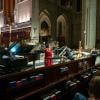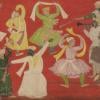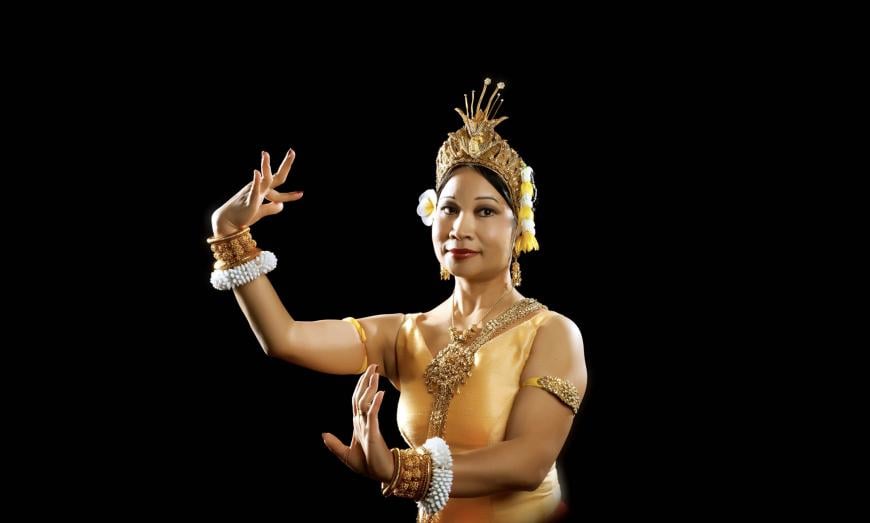
Composer, instrumentalist, and inventor Paul Dresher has always been up for learning new tricks. Just take one of Dresher’s novel instruments, the Hurdy Grande, conceived by the Oakland-based musician 16 years ago. It resembles a supersized hurdy-gurdy and has strings bowed by a variable-speed motor, allowing the player’s hands to produce chords, melodies, and rhythmic passages.
Stepping into another tradition wouldn’t be out of the ordinary for Dresher. Still, he likely didn’t anticipate falling under the influence of apsaras, celestial beings in Asian mythology who have demonstrated remarkable reach across millennia.
Taking part in dancer-choreographer Charya Burt’s The Rebirth of Apsara, which features a score largely written by Cambodian American composer Chinary Ung, Dresher is having to do a new sort of playing on his Hurdy Grande. For starters, the traditionally notated music is tuned a half-step up from the norm.
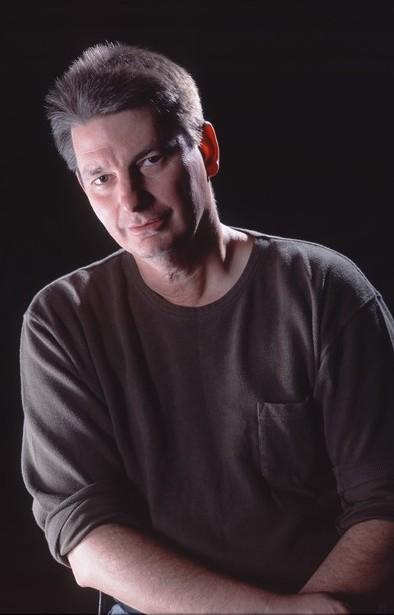
“Now, after playing Chinary’s music for Apsara, I can think about the instrument in a very different way,” Dresher says in a phone interview. “I write idiomatically for the Hurdy Grande in my own music. I’m being asked to do things that, to me, aren’t natural techniques on the instrument. I had to rework everything about my thinking about where pitch was on the instrument. I might have three places to play middle C, and I have to figure out the best way to play a passage. I’m jumping all over the deck to find that; it’s not linear.”
Nonlinear movement seems like an appropriate metaphor for Burt’s dance-theater piece, which will be presented by the Paul Dresher Ensemble on Feb. 1 at the Green Music Center in Rohnert Park and on Feb. 4 at Z Space in San Francisco. The choreography is a fusion of Cambodian classical dance and Burt’s reenvisioned movement vocabulary, performed by the choreographer and her international company of dancers. The production explores the relationship between art and war and how the fabled “water nymphs” of the work’s title have played a central role in Cambodian mysticism and mythology for thousands of years.
Dresher will be joined by Vân-Ánh Võ on traditional Vietnamese instruments, Susan Ung on viola, and Joel Davel on the Marimba Lumina, a marimba-like digital instrument. Text by Cambodian American theater artist Kalean Ung, costume design by Cambodian designer Vannary San, video projection design by Hsuan-Kuang Hsieh, and lighting design by David Robertson complete the production.
Dance remains the foundation of the work, and Dresher says this fact is essential to the approach he and his team have taken to the performance. “Most of the music is purposed for the dance [and] theater that are at the forefront. It’s at times accompaniment and at other times in the foreground, equal to the dance. There are five pieces by Chinary that are the richest in terms of detail, complexity, harmony, and counterpoint. Some of the other music is either transcription of traditional music or original compositions by younger Cambodian composers, whose music is determined by the narrative to accompany the shape of the dance and the story being told.”
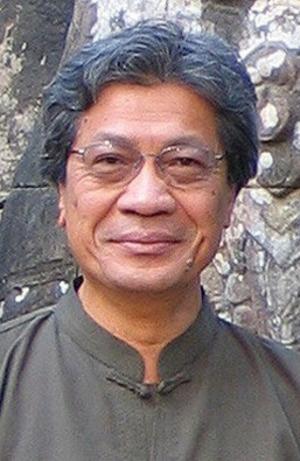
When it comes to the 81-year-old Ung’s music, which blends Eastern and Western styles and techniques, Dresher admits he’s on unfamiliar ground. “I had spent time years ago in Southeast Asia, and I tried to go overland. At that time, it was right after Vietnam, and you couldn’t get into Cambodia.
“What I’ve discovered during this project [has been] the Cambodian tuning system, which is seven-tone [like Western classical music], but you have modulations that you don’t have in Western diatonic tuning. Seven-tone scales pervade the world, but it has a different, intriguing quality in [Southeast Asian music]. It leads the ear in different ways. Joel on the Marimba Lumina can just push a button and keep the timbre of the Cambodian instruments and change from those modulations to an equal-tempered scale.”
Dresher is fascinated by and encourages audiences to appreciate the heterophonic structure of Southeast Asian melodies. “Each instrument plays around an unheard core melody in its own way. Each voice is distinct, separate, and not playing chords. Each melody is unique and woven into other melodies.”
The millennia-old apsaras may be surprising stimuli for a creative awakening like Dresher’s. But the diverse team collaborating on this production hopes that these figures — who in certain traditions are said to cavort with celestial musicians known as gandharvas — will continue to uplift and unite.


